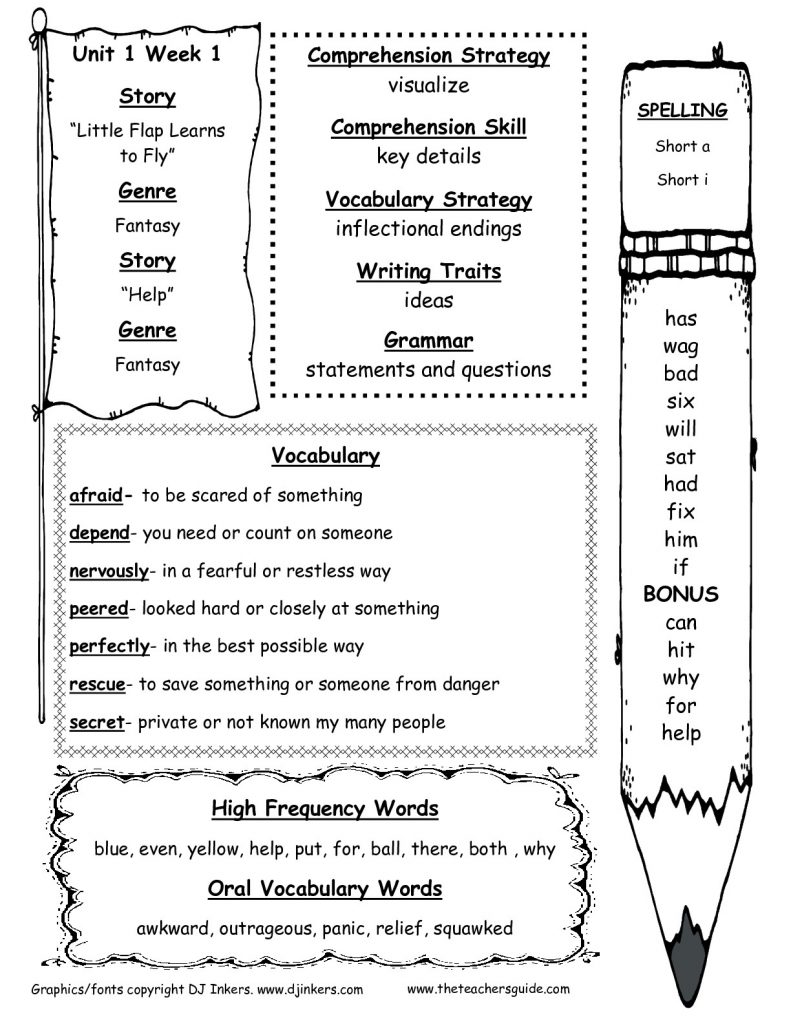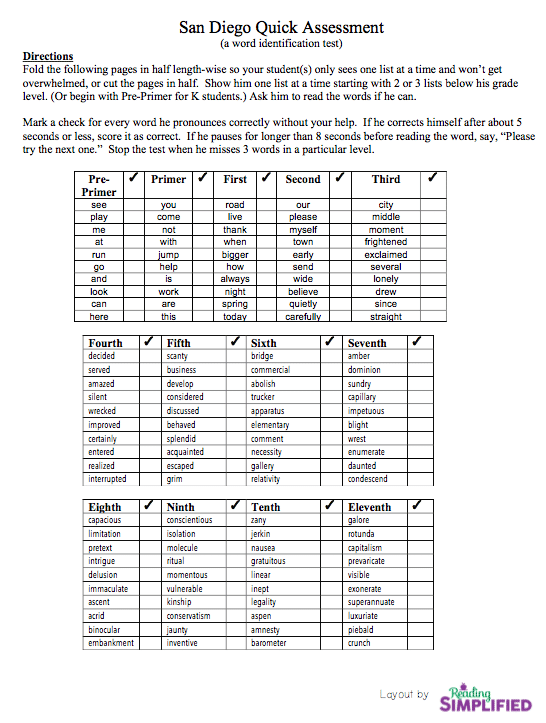

For very weak readers, who struggle with the first reading passage, we suggest a running record done with levelled little books.Remember that the HIP 3-Minute is just a starting point to guide further assessment and instruction. What about comprehension? We all know students who can read the words but don’t understand the passage.We find that students can often judge their own level if asked, “What passage did you feel most comfortable reading?”.Better to err by offering a book that is too easy than one that is too difficult. However, the nature of the miscue must be considered in evaluating a student’s level. Fewer than five miscues or hesitations in a particular passage indicate that a book at that level can be read “independently,” that is, without much teacher support.Use the information from section one to determine an appropriate starting point. For good readers, there is no sense in beginning with the first passage. These levels are marked on the teacher version. The passages begin at a grade-2 level and rise in difficulty by half grade increments to a grade-7 level. The second section involves passage reading.By placing the words in context – both in the sentences and as part of a themed group – we feel students have a more realistic assessment activity. By listening to student read these six sentences aloud, a teacher can hear how students attack difficult words and get a sense of a student’s frustration level. The first section of this instrument is a warm-up for students and a rough placement indicator for teachers. Reading is about making meaning, so decoding should have the same purpose. At HIP, we have reservations about “words in isolation” assessments.HIP 3-Minute Assessment Teacher Directions Click on the links below to find the student reading pages and the teacher instructions.


Best of all, it takes less than five minutes to administer. It was developed by Paul Kropp using a range of readability measures and tested with hundreds of students. The HIP 3-Minute Reading Checkup is a quick and easy oral reading record designed to provide a rough guide to students’ reading levels and a starting point for those who need a more comprehensive assessment. There are many oral reading inventories available, including the HIP Reading Assessment. This one-on-one assessment tool provides valuable information about reading accuracy, fluency and comprehension, as well as the level of text that a student can read independently and with support. The very best tool for this assessment is an oral reading inventory. In order to match readers to books and plan instruction, teachers need to be able to assess the reading strengths and needs of their students.


 0 kommentar(er)
0 kommentar(er)
